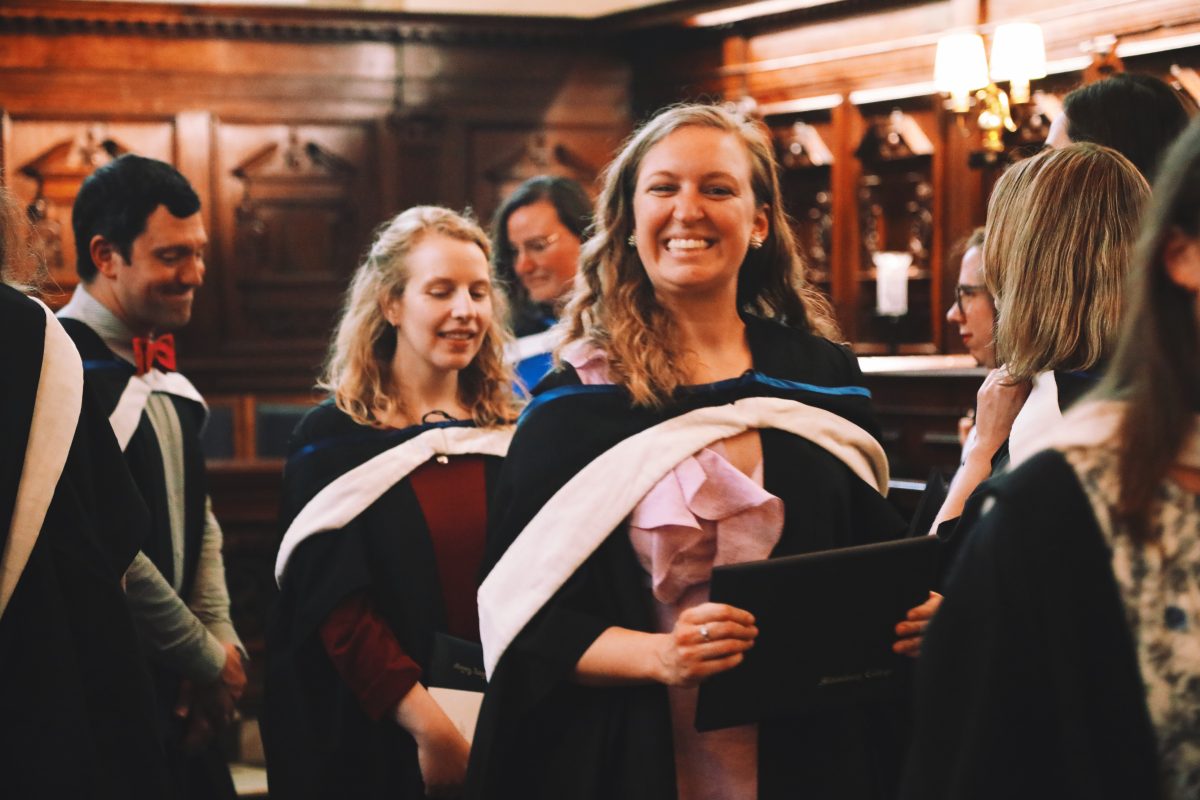During Head of School Robin Appleby’s speech at the all-school assembly on September 1, she noted that 25 percent of the 295 new students this year came from international schools all over the world.
Amy Raiole (’19), one of the new students Appleby mentioned, attended both Quality Schools International of Sarajevo (QSI Sarajevo) and the International School of Brussels (ISB), finds that ASL is more competitive in academics than her past schools. She explained that because ISB offers both the AP and IB systems it diffuses academic competition. At ASL, where all students follow the same general course of study, Raiole finds comparisons between students are easy to make competition is inevitable.
For Greyson Hunsaker (’19), who most recently attended Hong Kong International School (HKIS), and the American School in Japan (ASIJ) before that, academics differ greatly at ASL. The international schools that Hunsaker attended were heavily focused on homework and exams; he felt there was no social environment. “It’s more laid back here. At my old school in Hong Kong, everything was about grades and most kids you wouldn’t see out of school because they were always doing work and getting ready for tests,” Hunsaker said.
While the new high school students may have different opinions about ASL’s academics, their view of the school’s sense of community is consistent.
ASL is the ninth international school Caroline Harms (’19) is attending. She notes that international school communities tend to be “very accepting, they are very worldly, you get to know a lot of different people from different places with different backgrounds.”
Although Harms felt welcomed she decided to join the Student Council and field hockey to connect herself with the community. In her Student Council speech, she emphasized strengthening the community through more grade and school-wide activities. “[The activities would] allow people who normally would not associate to get to know and talk to each other, and you get to work together, which leads to some bonding and [will help] bring the school community closer together,” she said.
Similar to Harms, Hunsaker believes that the sense of community could benefit from more grade-wide activities to promote bonding. “They bring everyone together in a fun way that really helps people connect to people in and out of their grade,” he said.
Raiole believes that ISB and QSI Sarajevo both had more friendly and inclusive environments than ASL. She attributes this difference, in part, to the fact that the students in those other schools were much more culturally diverse. In a setting where many students were not native English speakers, everyone tried harder to communicate. “I think that makes people more accepting because of their experience with people from different cultures [as] it gives you a taste of what happens when you’re in the real world,” Raiole said.
Although having attended ASL for the past six years, Alice Bake (’20) previously attended the American School in Dubai (ASD) for five years and, in her view the two schools are quite similar academically. However, Bake has found that ASL’s lack of diversity has a negative impact on the school’s sense of community. “[Because] we kind of live and lead similar lives, I think we kind of just stay with people we can easily relate to. . . we don’t really try to expand [our circles],” Bake said.
She finds the ASL community to be a lot more closed off than ASD’s, where there was a very strong sense of togetherness amongst the students.
Bake believes that ASD’s isolated location contributed to their students forming tighter bonds. “In Dubai each little area is a lot more isolated [than in London], and you don’t really feel connected to the different areas [of the city],” Bake said. She explains how the school is the center of the students’ lives. In contrast, Bake believes ASL does not foster a community feel, as students tend to live in various locations throughout London. Nevertheless, Bake still believes that she can relate to other students, which allows her to feel a part of the community.
Written by Managing Editor: Online Christina Leonard
Staff Writer Naz Ozturk contributed to reporting








